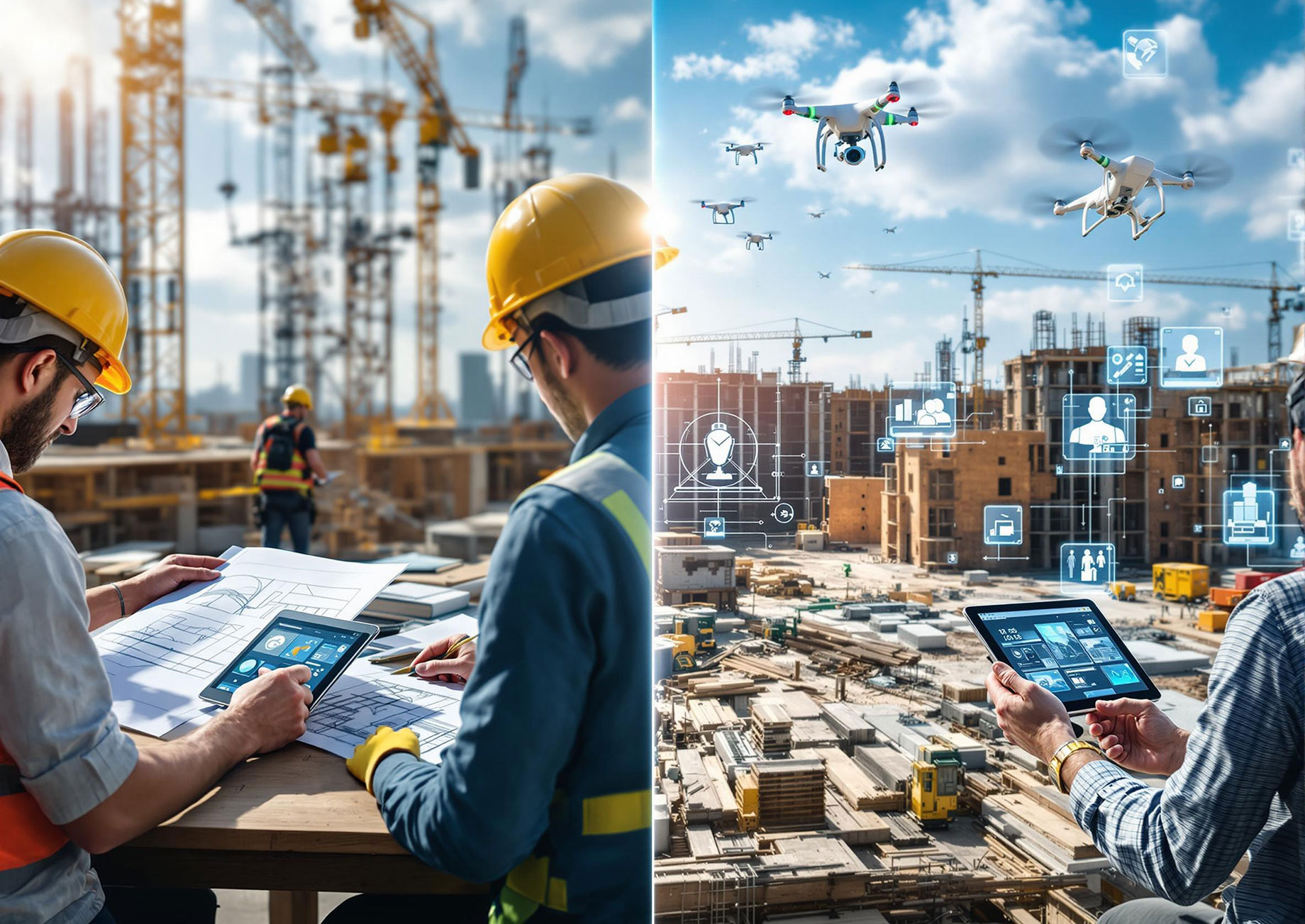
The world of construction is being radically transformed from old-fashioned blueprints and isolated communications to a digitally connected future. The process is not just about embracing new tools; it’s about fundamentally transforming the way we plan, design, and deliver intricate projects. For prime infrastructure companies, it is no longer a choice but a requirement to leverage the power of digital technologies in order to deliver projects more efficiently, safely, and accurately. This transformation is helping teams overcome issues before they arise on site, making sure that ambitious infrastructure plans are brought into existence within schedule and budget and to the best quality.
The Evolution from Blueprint to Digital Model
The basis of contemporary construction is the transition from static, two-dimensional plans to dynamic, multi-layered digital models. The next-generation digital representations form a precise virtual replica of a project as a shared resource for all stakeholders. This enables architects, engineers, and builders to work from a shared, integrated environment. Through the virtual combination of all project elements, teams are able to easily see the end product, recognise potential conflicts among various systems, and optimise designs with more precision. All this collaboration reduces planning time and eliminates expensive mistakes later.
Simulation for Success Before Digging
In addition to mere visualisation, these comprehensive digital project plans enable emphatic simulations. A major infrastructure company Australia offering can apply these virtual spaces to try out sequences of construction, simulate material flow, and forecast how an asset will work when subjected to different operating conditions. This is like a virtual proving ground, giving unparalleled insight and enabling teams to refine their strategy before physical activity starts. This vision provides wiser, data-informed decisions that minimise risk, maximise efficiency, and provide a smoother execution phase from beginning to end.
Increasing On-Site Accuracy and Safety
Technological innovation stretches directly onto the job site, changing how jobs are performed. Advanced surveying equipment, including aerial technology, can determine site data with remarkable speed and accuracy for monitoring progress. In the field, in-place visualisation supports enabling workers and engineers to visualise digital plans overlaid onto the physical environment with exact accuracy as to where components go. This not only reduces human error but also significantly enhances safety by allowing teams to plan where potential dangers may exist and to practice complicated procedures within a controlled virtual environment prior to conducting them live.
The Rise of Automated Equipment
One of the most thrilling frontiers in construction technology is automation integration. Automated and remote-controlled machinery is turning the corner to revolutionise large-scale infrastructure construction. These advanced machines can conduct their tasks with minimal direct human involvement, using accurate digital parameters to execute repetitive or high-risk operations with unmatched precision. This tech shines in hostile and dangerous environments, speeding up operations while protecting workers. By streamlining important procedures, project teams are able to concentrate their capabilities on more advanced problem-solving, quality assurance, and strategic direction.
Streamlining Communication and Collaboration
Mega-projects entail a massive network of stakeholders, including clients and designers, subcontractors, and suppliers. Cloud-based project management software is now a single source of truth or a central repository. Project documentation ranging from design revisions to site reports and safety audits is made available to authorised personnel in real-time, irrespective of their location. This unbroken stream of information shatters communication silos, promotes more teamwork, and keeps everyone working from the latest plans, dramatically lowering the risk for misunderstandings and expensive delays.
Data-Driven Decision Making for Improved Outcomes
Arguably the greatest strength of a digital workflow is the tremendous amount of data it produces. Each activity, whether a design modification or a reading from a piece of equipment, is an asset data point. Smart analytics can then analyse this data to reveal trends, anticipate likely bottlenecks, and maximise resource deployment. Site machinery data, for instance, can be used to schedule preventative maintenance, eliminating surprise downtime. This transition from reactionary problem-solving to proactive data-driven leadership enables project managers to guide their projects with more assurance.
The Digital Role in Sustainable Building
Digital technologies also play a critical role in fueling sustainability, one of the main objectives of contemporary infrastructure construction. Through meticulous digital planning, organisations can maximise designs to reduce waste from materials and choose resources with lower environmental footprints. Logistics can be better planned to lower transport miles and emissions. In addition, virtual analysis assists in the planning of energy-efficient infrastructure and buildings that will have a reduced footprint over their lifespan. Through the incorporation of sustainability objectives into digital planning, we are able to construct infrastructure that benefits communities in the present without sacrificing the future.
Finally, the use of digital tools is deeply transforming the construction and infrastructure industry. From concept to completion, technology is releasing the potential for greater efficiency, collaboration, and safety. It’s not merely a matter of getting things done faster or less expensively; it’s a matter of doing things better. For the organisations at the forefront of this revolution, adopting these technologies is paramount to creating the complex, sustainable, and resilient infrastructure that our expanding communities need for a brighter future.